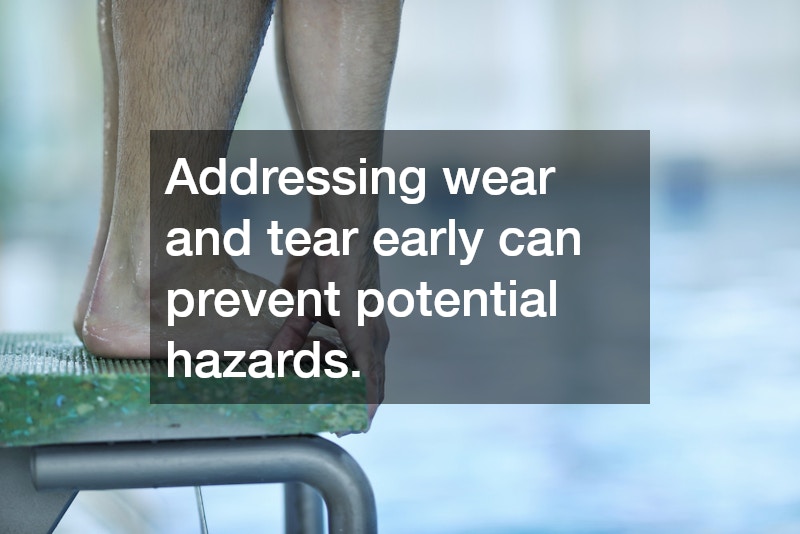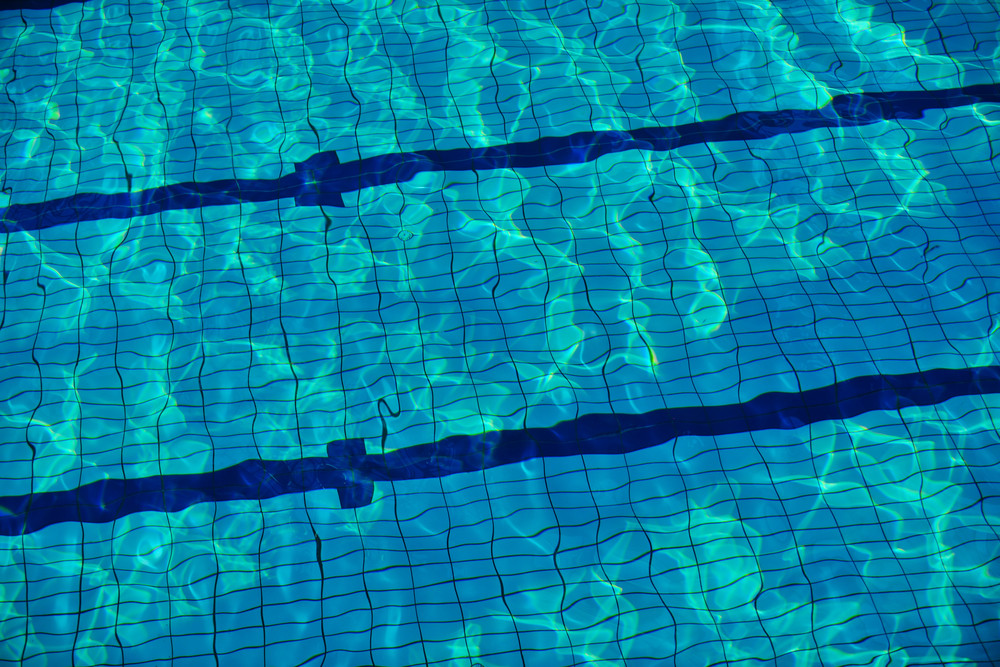
Choosing to invest in a swimming pool installation transforms your outdoor space into a relaxing retreat, but safety should always be a priority. Proper planning and construction ensure the pool is safe and enjoyable for everyone. Hiring experienced professionals ensures compliance with regulations and guarantees high-quality results.
Before diving in, always verify it is safe to swim. This includes regular checks for clean water, proper chemical balance, and a well-maintained filtration system. Clear, debris-free water reduces the risk of infections or accidents, making your pool safe for all users.
Practicing essential pool safety tips helps prevent accidents. Ensure that non-slip surfaces surround the pool, install sturdy fencing with self-latching gates, and keep life-saving equipment nearby. Always supervise children and inexperienced swimmers and establish strict rules, such as no running around the pool.

Conduct routine inspections of ladders, drains, and lights to make your pool safe for swimming. Addressing wear and tear early can prevent potential hazards. Additionally, educate all users about safe swimming practices and emergency procedures.
Following the “pool safely” guidelines promotes a secure environment. Programs like the Pool Safely campaign provide resources for safe pool use, emphasizing vigilance, proper maintenance, and education to ensure everyone enjoys the water responsibly.

A swimming pool is a much-wanted and much-loved luxury for many American families, so much so that there are over 10 million residential pools in the U.S.and more than 300,000 public swimming pools. More than 35% of children in the seven to 17 age bracket swim at least six times per year and 15% of adults do the same. According to recent statistics, more than 80 million people in the United States had swum in the last year. Despite this, swimming safety is still a concern.
The Red Cross survey found that only 56% of those surveyed have mastered the five core swimming skills; a survey found that almost 45% did not know basic water-safety information, despite believing they could swim fine. One-fifth of drownings involve young children under 14. Over the period 2005 to 2009, there were over 3,500 unintentional drowning deaths per year, amounting to an average of 10 drownings per day.
When it comes to protecting young children and pets, a swimming pool safety cover is vital. Hard swimming pool covers, whether automatic or not, are best as they can bear weight and do not give way if someone walks on them. A swimming pool safety cover prevents children falling in accidentally and provides a first line of defense against drownings.
In addition pool fencing surrounding the area can ensure that no inexperienced young swimmers wander into the pool by accident. An isolation fence, which has four sides, rather than a three-sided property-line fence, can reduce the risk of drowning for children by more than 80%. In fact, more than 50% of child drownings in swimming pools could have been avoided if a pool fence was in use. Look for self-latching and self-closing pool gates that are at least four feet high and with latches high enough not to be reached by children.
